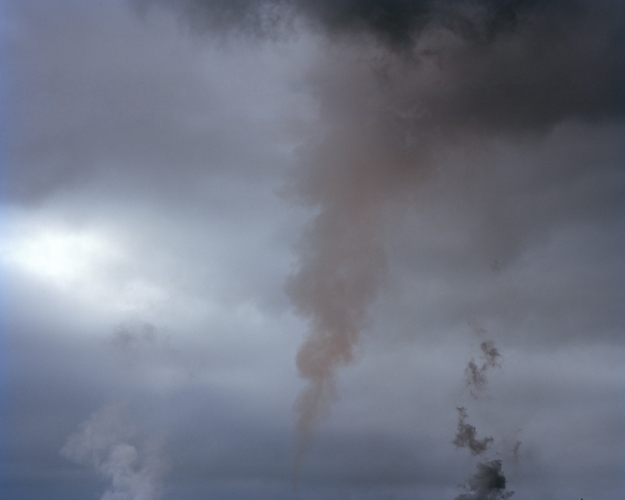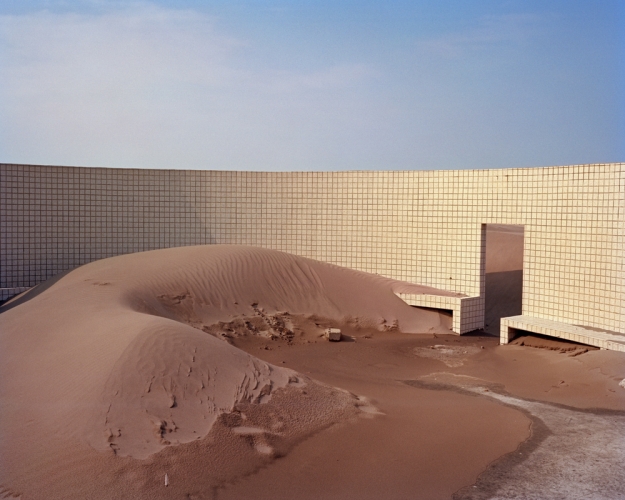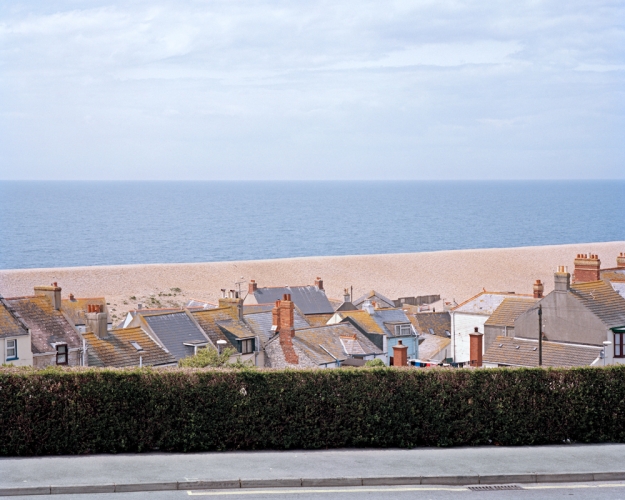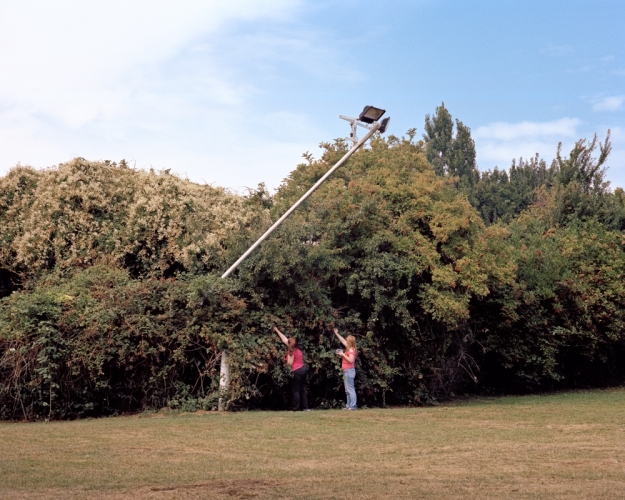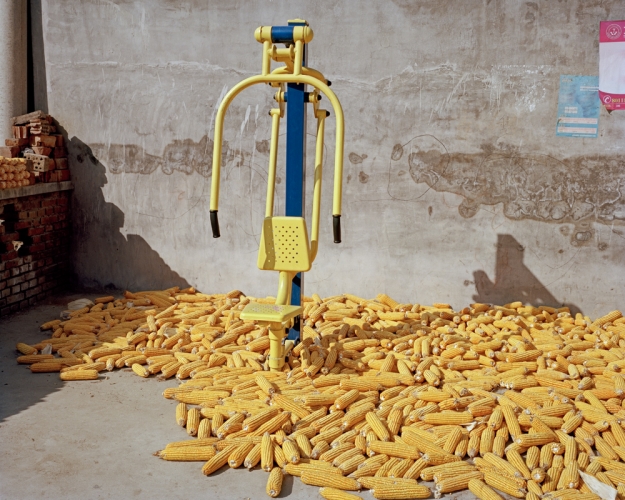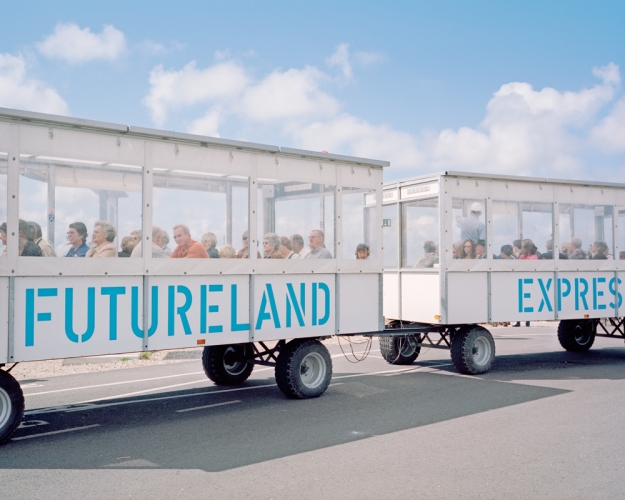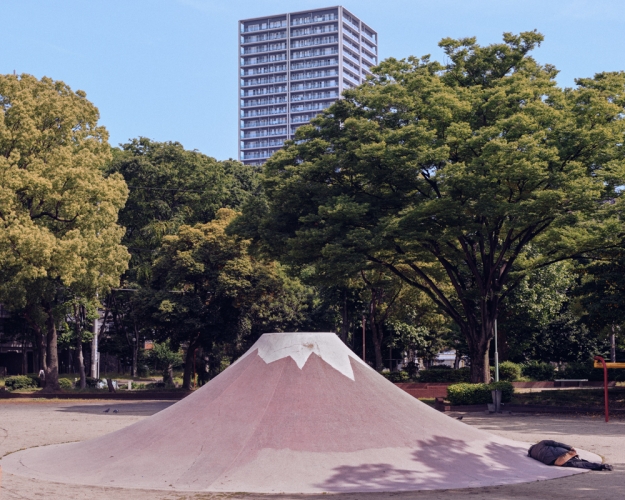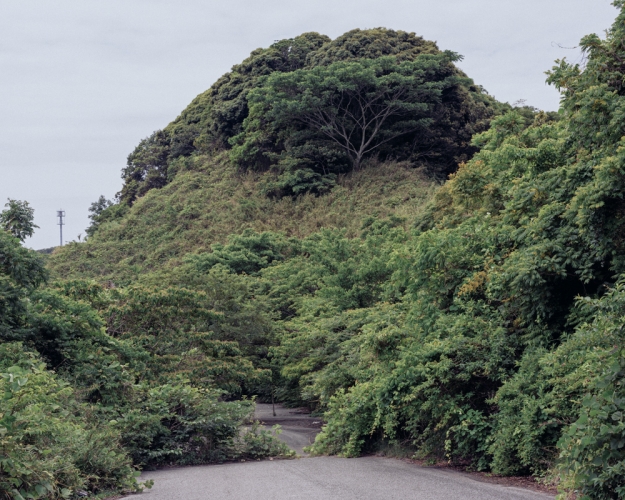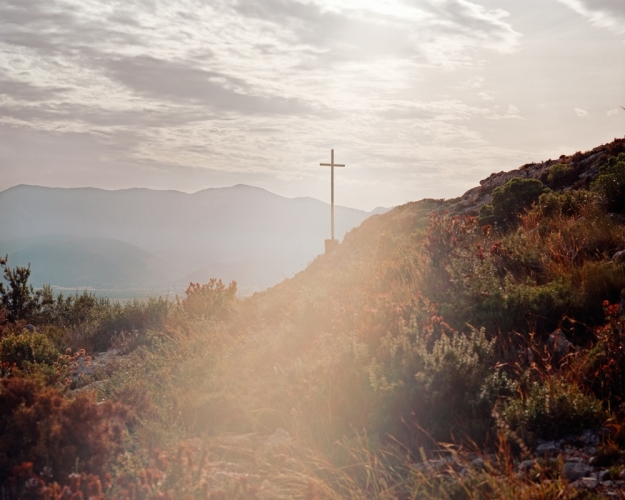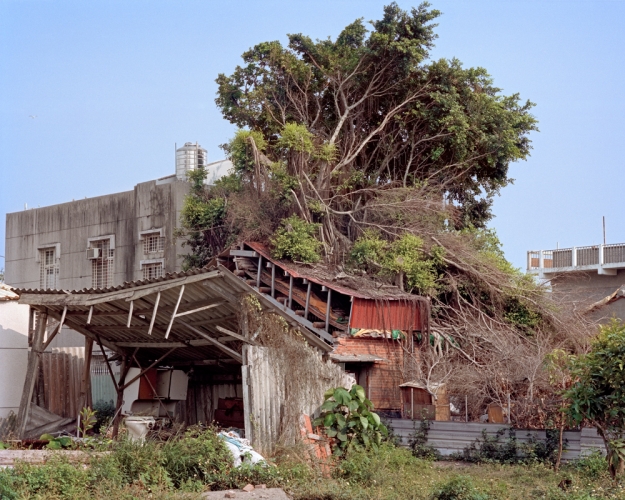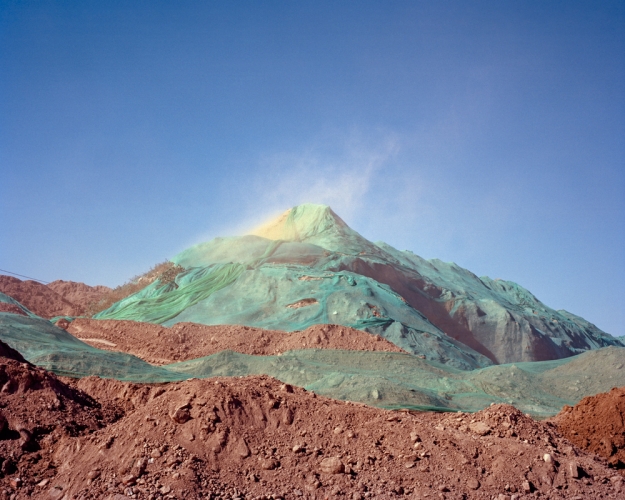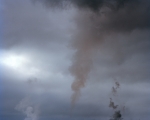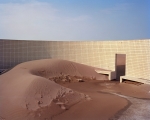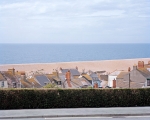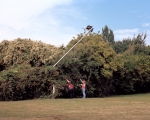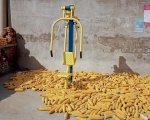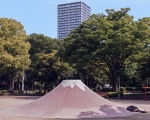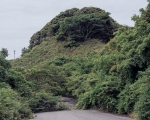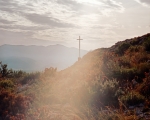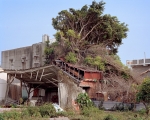Born in Malaysia before migrating to Australia as a teenager, Hin studied computer science and first picked up a camera in an attempt to get over a girl. It worked, and things just seemed to progress from there.
The seismic changes that have shaped (and deformed) our lives over the last number of years have also been truly global in their scale – as well as in their origins. Of course, this process of globalization has its roots in the 19th Century and perhaps earlier, but building on the complex legacy of the post-war era leading up to the present it has been accelerated considerably, particularly on the basis of developments in transport and communications; paradoxically though, these shifts have made possible forms of capital that are increasingly intangible, based on speculation rather than trade. With his series After the Fall, Hin Chua surveys the haunted landscapes of contemporary life, finding an eerily similar sense of desolation in otherwise far-flung locales, peripheral sites in the widening mesh of global production, which is not directly seen, but remains implicitly visible – and felt – in his images, at once everywhere and nowhere.
But what are these landscapes ‘haunted’ by exactly? In fact, they all appear to be defined by a sort of absence, which might well be thought of as the utopian promise of modernity that stubbornly failed to appear; Chua’s landscapes are among the products of this failure. Of course, capitalism has always been premised on cycles of boom and bust, but in the present moment that process has reached such a manic pitch as to resemble a kind of permanent crisis and, like all social formations, this particular historical moment brings with it modes of living and working – of shaping the world around us – that are specific to its own character. So while the places themselves might be decidedly marginal, there is perhaps no better way to visualise an era lacking in any clear centre. Formally restrained, with a muted palette, his are quiet images – and strikingly empty as well; the scenes that Chua favours are almost entirely devoid of people and yet their traces are inescapable.
These are landscapes, then, that are defined by – and often against – human intervention, which actually creates the very conditions for their existence. In these places, the idea of a ‘natural’ landscape seems like a contradiction in terms. Nature is, in fact, what breaks their contours, what they are pushing back against. The pictures also demonstrate a fundamental uncertainty about place and the relations that define it; by concentrating on sites that exemplify this contemporary anxiety they reveal as characteristic of present forms of social organization the blurring of traditional boundaries such as between urban and rural, for example, and here this is shown to be written on the form (as well as the experience) of the landscape itself. The difficulty in locating where exactly the pictures might have been made is at once a deliberate strategy of the work and a consequence of this uncertainty.
But Chua’s rather methodical-seeming approach doesn’t exclude the strange resonance of these marginal places either; in his vision of them, they have an almost poetic sense of indeterminacy. Away from a centre that can no longer maintain the unity that it once had, he finds a new kind of order.

